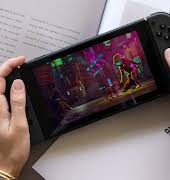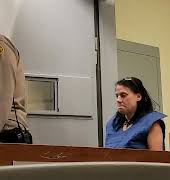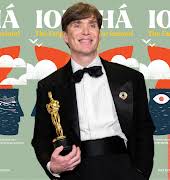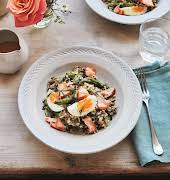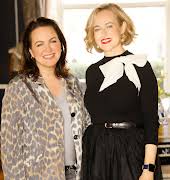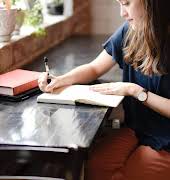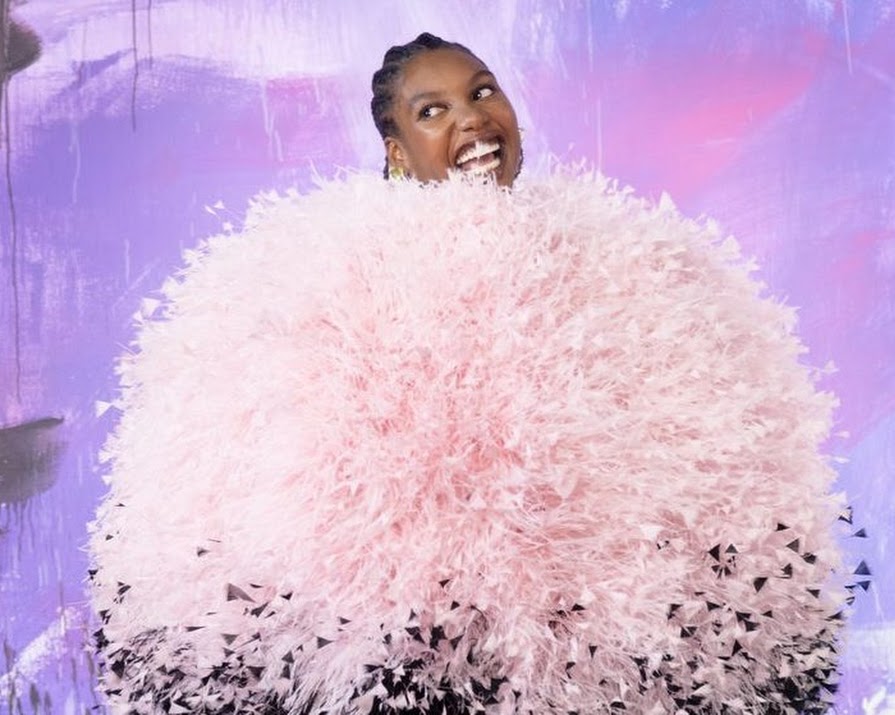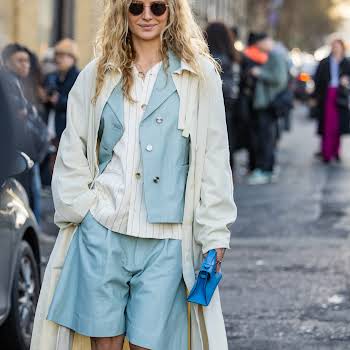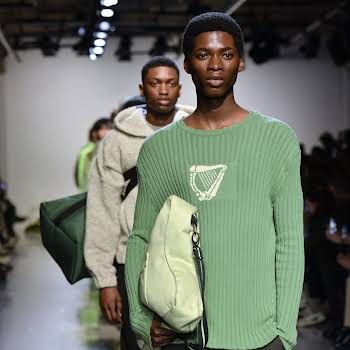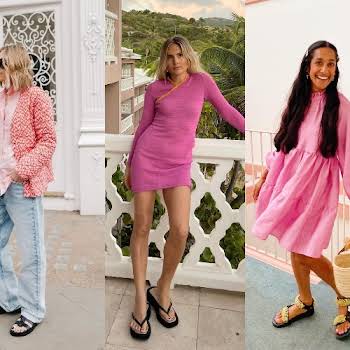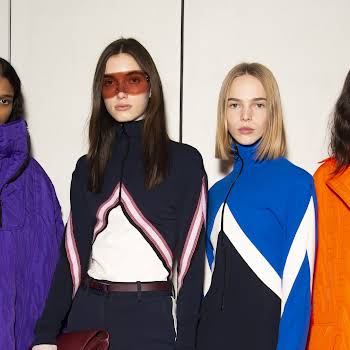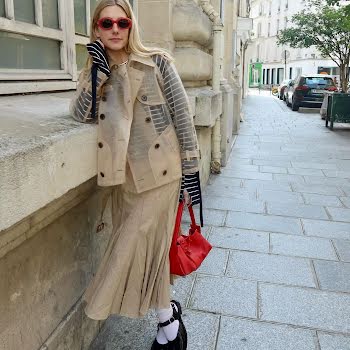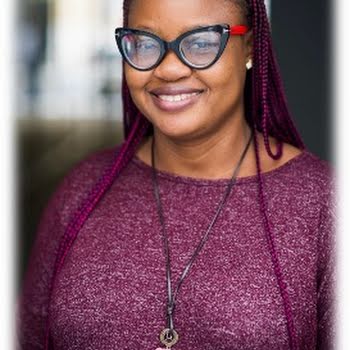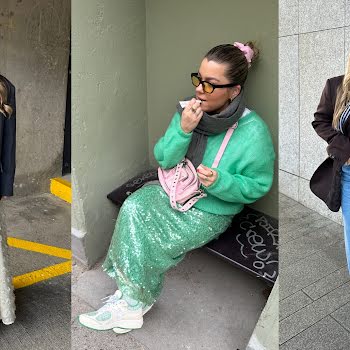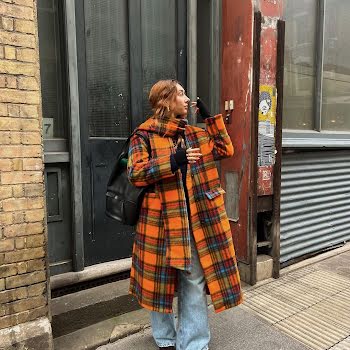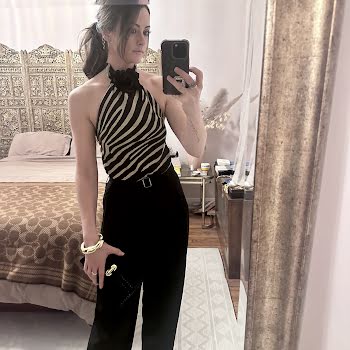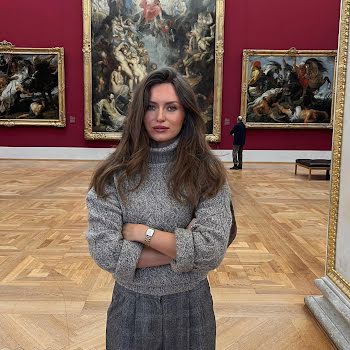By Holly O'Neill
23rd Sep 2020
23rd Sep 2020
While London Fashion Week has had an overhaul, with socially distanced catwalks and digital presentations, the clothes remain designed for a world that doesn’t currently exist
Which way should designers lean right now? Should a new collection aim towards a “celebration of fashion” or more in the line of, “our industry is floundering, let’s make clothes people actually want to wear right now”?
At London Fashion Week, “a celebration of fashion” seems to have been the route designers took.
‘Escapism’ was the buzzword of this London Fashion Week as an industry worth £1.1tn to the global economy tries to move forward in the ‘new normal’. Is escapism what we need? Or is sweatpants?
Designers have to straddle the line between seeming in sync with what’s happening in the world around us and not appearing too out of touch, while putting on some sense of celebration. At London Fashion Week, the collections might be impractical and currently unwearable, designed for a world that doesn’t currently exist. But they were certainly watchable.
What did we expect? A season of sweatpants, slippers and maybe a flouncy collar for Zoom calls? Perhaps.
It’s a fashion season like no other. In London, the hoardes of photographers and street style stars, (plus the band of uninvited few who show up to venues dressed up in the hopes of being photographed) were nowhere to be seen. There were new rules; temperature checks, hand sanitizer stations, a micro-schedule, no troupe of glossy magazine branded taxis, no international editors, stylists, influencers and buyers, no hierarchical seating plan chaos.
Last February, I attended my first London Fashion Week just as a slew of expert opinion pieces landed on how Fashion Week was “dead, over, done for.” Just like when my career in print started five years ago, it seemed like I’d managed to get into the party just as it had started to end. The demand on designers was too high. The schedule was too much for anyone to attend, or even cover. There were too many collections. Who needs a three month ‘cruise’ season? Influencers were the new editors. Dressing multiple influencers entirely in one brand was having the opposite effect, it was making the clothes become overdone before they’d even been released. The international month-long travel was environmentally irresponsible. As was the fashion itself, of course.
It didn’t stop me panic-packing my entire wardrobe, or cursing the rain for ruining my blowdry when I got caught on a flight of stairs beside Edward Enninful. It didn’t stop me spending forty minutes fretting painstakingly over my eyeliner every morning, or sending delighted texts about spotting my favourite editors to my friends, or sending pictures of the models we used regularly in our magazine back home to my colleagues. It didn’t stop my stomach falling out of my arse when Anna Wintour’s glossy bob swished past me leaving a show, or feeling shellshocked on my first front row (alright, the entire Erdem show was a front row show) or having a wobbly moment of joy after going backstage at Simone Rocha, or marvelling at the volume of Bottega Veneta accessories that could fit into one venue.
Then, just a month later, the world changed. The op-eds were right. Fashion Week was dead, over, done for.
At least in its current format.
Menswear went digital in June, and there was a brave first attempt at digital Haute Couture Week in July, where some designers made the decision to continue with couture week as digital and socially distanced experiences, meaning for the first time, there was a front-row seat for all at fashion’s most exclusive shows. Some went the performance route, like Balmain’s Olivier Rousteing who invited all of Paris to watch the show from the banks of the Seine, where archived Balmain pieces were worn by socially distanced models on a river barge. Others had decidedly less social media friendly, underwhelming online lookbooks.
London Fashion Week began on Thursday evening as new restrictions hit, putting an already strained event and industry (one in six jobs British jobs are within the fashion industry) under even more pressure. The government had introduced the “rule of six” limitation on public gatherings following a spike of cases, leaving designers scrambling to cancel their shows. For the 80 designers showing, London Fashion Week was now to be a series of intimate appointments and live-streamed events.
View this post on Instagram
Designer Roland Mouret skipped Fashion Week to show his collection on Amazon Prime. Burberry, whose shares fell 7% in July and announced 500 job losses, streamed a catwalk in the British countryside. Bora Aksu persisted with a fashion show in a rose garden with 30 socially distanced attendees watching models adorned in beautiful tulle and nurses whites, aprons and collars inspired by the Spanish flu era.
View this post on Instagram
At Halpern, there was a touching tribute to frontline workers and a joyous collection inspired by Alice In Wonderland and Clueless. A senior staff nurse wore pink-and-gold leopard jacquard and a tube driver wore a blown-up bubble of pink and black feathers. There was loungewear too, the biggest fashion trend from now until who knows when, but in silk and orange zebra print.
View this post on Instagram
Vivienne Westwood, who uses her shows as her soapbox, collaborated with a diverse cast of creatives in a digital lookbook and at Preen by Thornton Bregazzi, a beautiful collection was created from unused remnants of fabric.
View this post on Instagram
Simone Rocha stuck to her feminine guns, with ruffles, bows and ribbons as ever and Emilia Wickstead re-used old patterns from previous collections. Molly Goddard’s collection began in lockdown entirely out of white cotton, the only material she had access to in her studio.
View this post on Instagram
Erdem Moralioglu, true to form, showed his signature beautiful gowns with florals and puffy sleeves on models in a forest and Erdem, saying,“I refuse to believe we live in a world where people wear just sweatsuits.”
At JW Anderson, Emma Corrin, soon to be Princess Diana on The Crown and stylist Harry Lambert (who put Harry Styles in JW Anderson’s TikTok famous cardigan) had a digital shopping montage ahead of the JW Anderson collection showing next week.
View this post on Instagram
Temperley’s show notes stated, “if ever there was a need to escape, it’s now,” with signature glittering gowns alongside silky loungewear. Richard Malone showed muted tones of strong, armour-esque pieces to reflect the resilience shown during the pandemic, with some clothes dyed at home in his bathtub. Victoria Beckham showed a 20-look collection, also made for post-pandemic dressing.
View this post on Instagram
Christopher Kane’s “More Joy” message, needed now more than ever, shone in his return to his art school roots with an exhibition of glitter and acrylic speckled canvases created by him during lockdown beside models in electric prints.
Though Fashion Week was missing the fanfare and chaos from make-up artists and hairstylists to photographers and street style stars, Fashion Week has always been a theatre of fantasy and London Fashion Week reflected that. Perhaps, now that masks have replaced bras as our most essential outdoor wear and sweatpants have replaced jeans, this is exactly the tonic we need right now from the monotony. There might be no way back for now, but some much-needed change has been forced into action. The fashion industry has proven that regardless, the shows will go on.
Photography by Halpern.
Related: The Lucy x Pippa collection is available today, and we are longing to be wrapped in their cashmere
Related: H&M’s new Studio Collection is a nod to 70’s Bowie and Studio 54
Related: The style at the 2020 Emmys was as glamorous as ever

